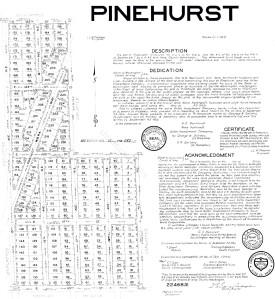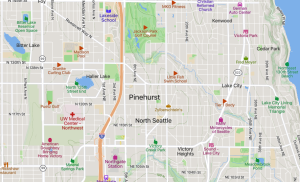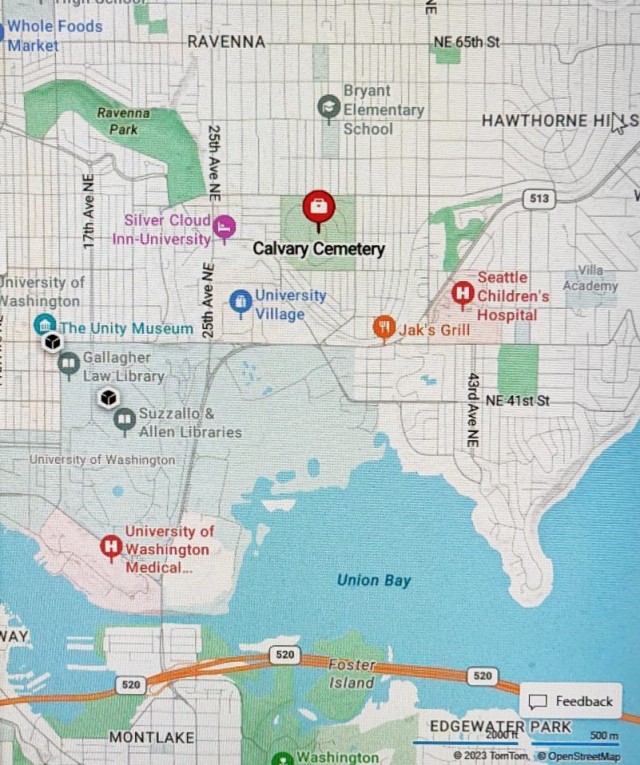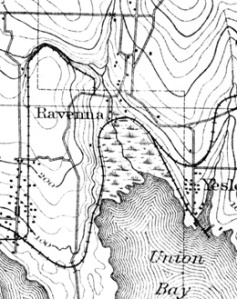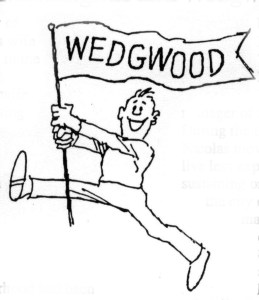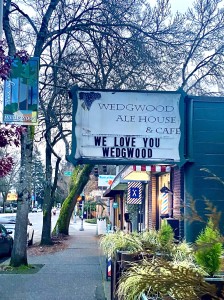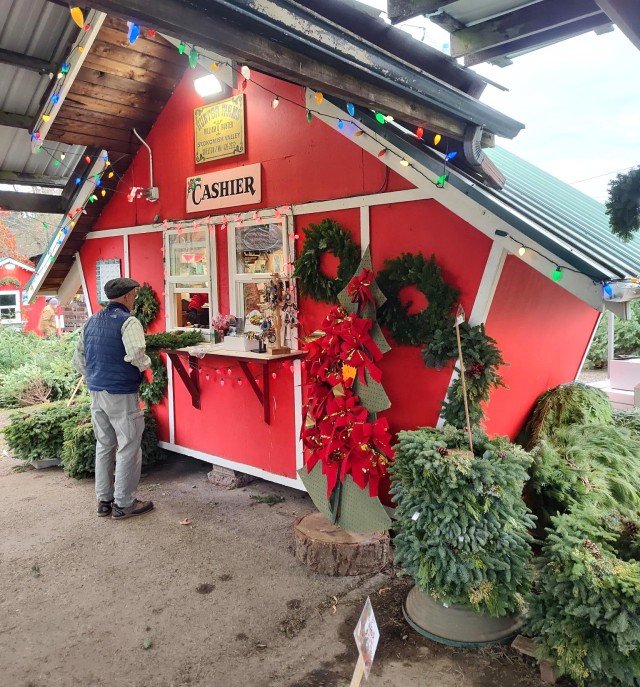In the early 1900s Seattle neighborhoods were growing farther to the northeast, on the edges of communities such as Ravenna and the Town of Yesler. Ravenna was a railroad stop at the intersection of Blakeley Street & 25th Ave NE. The Town of Yesler grew at the present site of Laurelhurst where, in the 1880s, another Yesler sawmill had operated in addition to the Yesler Mill of 1853 on the downtown Seattle waterfront.
As of 1900 there was as yet no streetcar or bus system travelling into northeast Seattle farther than Ravenna Park. There was only a railroad, the Seattle, Lake Shore & Eastern, which went through Ravenna and Yesler and was used primarily for transporting products such as lumber and coal.
As of the year 1900 a shingle mill was operating on the former sawmill site at Yesler on Union Bay, and a spur of the railroad could access it. Today’s Union Bay Natural Area is the site of the former sawmill.

The Union Bay Natural Area is the site of the former Yesler sawmill.
Northeast Seattle residents get organized
The lack of roads and resources did not deter early northeast Seattle residents from organizing themselves. In the 1890s there were already enough families with children so that the communities of Ravenna and Yesler each built and opened a one or two-room schoolhouse.
Schoolhouses also functioned as meeting places. In 1901 one of northeast Seattle’s earliest church groups met at the Yesler Schoolhouse on 36th Ave NE at the corner of NE 47th Street. The group was at first called the Yesler Sunday School because it was not yet officially organized as a church.
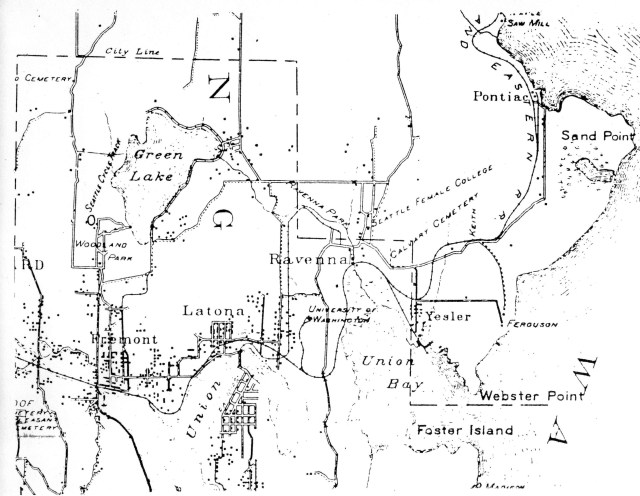
McKee’s Correct Road Map of Seattle and Vicinity, 1894, courtesy of the Seattle Room, Seattle Public Library. The snaking line of the SLS&E Railroad is shown through the communities of Fremont, Latona (Wallingford), Ravenna, Yesler (Laurelhurst) and north past Sand Point. Block dots indicate population clusters. Calvary Cemetery, established 1889, is a point of reference at the corner of NE 55th Street and 35th Ave NE. The Seattle Female College was at 5702 26th Ave NE.
The Yesler Sunday School group grew and became Ravenna Methodist Church in a building marked on the above map, Seattle Female College at 5702 26th Ave NE. As of 1903, this was the second meeting place of the church. Today the Ravenna Methodist church building is on NE 60th Street next to Bryant Elementary School at the corner of 33rd Ave NE.
This blog article will trace the founding years of this Yesler church group which became Ravenna Methodist. Today the church building on NE 60th Street has been acquired by a new group called Illume.
Continue reading →
 The present site of the Pinehurst Safeway grocery store, on 15th Ave NE between NE 123rd to NE 125th Streets, once had a cluster of semi-industrial buildings including a lumber yard and a dairy processing plant with a company office.
The present site of the Pinehurst Safeway grocery store, on 15th Ave NE between NE 123rd to NE 125th Streets, once had a cluster of semi-industrial buildings including a lumber yard and a dairy processing plant with a company office.
